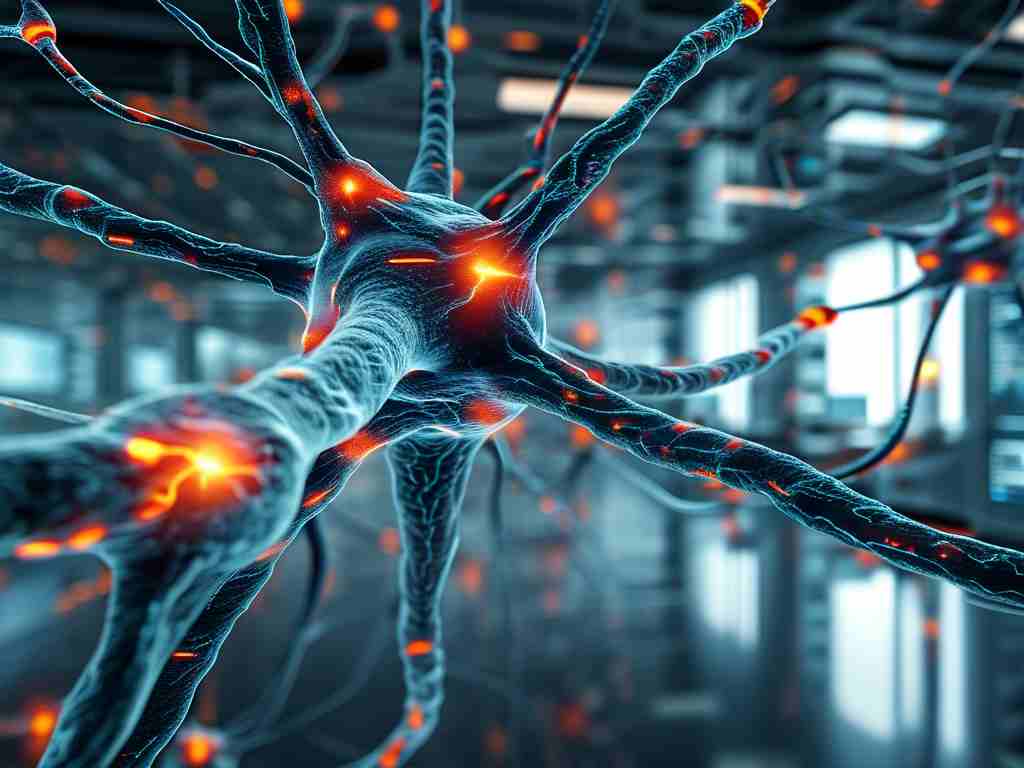In the realm of artificial intelligence, neural networks have emerged as a cornerstone technology, driven by their ability to learn complex patterns from data. At the heart of these systems lies a mathematical framework built on matrices—a structure that enables efficient computation and scalability. This article explores the role of matrices in neural networks, their practical applications, and how they underpin modern machine learning.
The Role of Matrices in Neural Architecture
Neural networks are organized into layers of interconnected nodes, or neurons. Each connection between neurons is assigned a weight, which determines the strength of the signal transmitted. These weights are stored in matrices, where rows represent input neurons and columns correspond to output neurons. For instance, a fully connected layer with 3 input neurons and 2 output neurons uses a 3x2 weight matrix. During forward propagation, input data is multiplied by these weight matrices to generate outputs, a process expressed as:
output = input_vector.dot(weight_matrix) + bias_vector
This matrix-based approach allows parallel computation, optimizing performance on hardware like GPUs.
Matrix Operations in Training
Training neural networks involves adjusting weights to minimize prediction errors. Backpropagation, the core algorithm for this, relies heavily on matrix calculus. Gradients—partial derivatives of the loss function with respect to each weight—are computed using matrix multiplications and transpositions. For example, the gradient of a layer’s weights can be derived by multiplying the error signal from the subsequent layer with the transpose of the input data matrix.
Activation functions, such as ReLU or sigmoid, introduce non-linearity but are applied element-wise to matrices, preserving dimensional consistency. This seamless integration of linear algebra ensures that even deep networks with millions of parameters remain computationally tractable.
Applications in Modern AI
Matrices enable neural networks to tackle diverse tasks:

- Image Recognition: Convolutional neural networks (CNNs) use filter matrices to detect edges, textures, and patterns in images. Each filter is a small matrix slid across the input to produce feature maps.
- Natural Language Processing: In transformers, attention mechanisms compute similarity scores between word embeddings using matrix multiplications, capturing contextual relationships.
- Recommendation Systems: Collaborative filtering leverages user-item interaction matrices to predict preferences, often enhanced by neural matrix factorization.
Challenges and Optimizations
While matrices provide efficiency, they also pose challenges. Large matrices demand significant memory, necessitating techniques like pruning (removing insignificant weights) or quantization (reducing numerical precision). Sparse matrices, where most elements are zero, are increasingly used to represent pruned networks, reducing storage and computation costs.

Additionally, specialized libraries like TensorFlow and PyTorch optimize matrix operations using low-level kernels (e.g., CUDA for NVIDIA GPUs). These frameworks automatically handle batch processing—stacking multiple input vectors into a single matrix—to accelerate training on large datasets.
Future Directions
Emerging research explores alternative matrix representations. For example, complex-valued matrices are being tested for tasks involving wave-based data (e.g., audio or radar signals). Another area is dynamic matrices, where weights adapt in real-time based on input context, mimicking biological neural plasticity.
Matrices are not merely a computational tool but the backbone of neural network design. Their algebraic properties enable scalable learning, while advancements in optimization ensure they remain viable as models grow in complexity. Understanding matrix operations is essential for both practitioners aiming to debug models and researchers pushing the boundaries of AI. As neural networks evolve, so too will the matrix techniques that power them, continuing to shape the future of intelligent systems.









